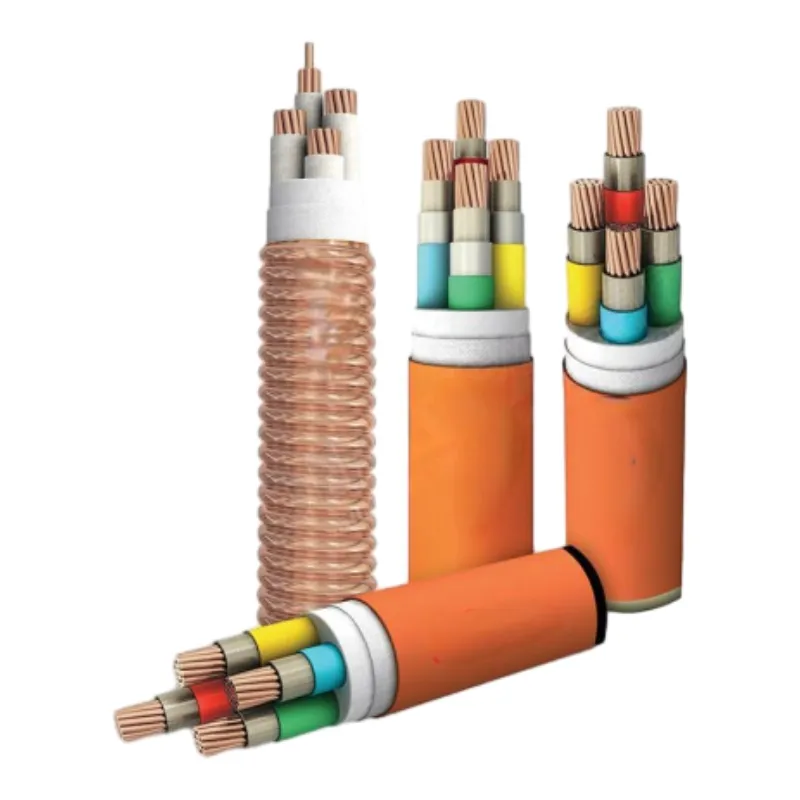നവം . 09, 2024 14:47 Back to list
Functionality and Importance of Air Release Valves in Fluid Systems
Understanding Air Release Valves Functions and Importance
Air release valves play a crucial role in various hydraulic systems and fluid transport processes. These devices are designed to release trapped air from pipelines, ensuring smooth fluid flow and preventing potential damage to the system. In this article, we will explore the functions, operational principles, and significance of air release valves in myriad applications.
What is an Air Release Valve?
An air release valve (ARV) is a specialized device installed in pipelines and tanks to remove accumulated air or gas. These valves are particularly essential in systems where liquids, such as water, are transported over long distances. As liquid flows through a pipeline, it can create air pockets or bubbles, leading to several potential issues, including pressure fluctuations and reduced flow efficiency.
Functions of Air Release Valves
The primary function of an air release valve is to
1. Prevent Air Lock When air accumulates in a pipeline, it can lead to an air lock—an impediment that restricts the flow of liquid. Air release valves help prevent this condition by allowing entrapped air to escape, maintaining the system's operational integrity.
2. Enhance Flow Efficiency Air pockets in a pipeline can cause turbulence, reducing the overall efficiency of fluid flow. By removing trapped air, ARVs facilitate smoother flow, contributing to optimal system performance.
3. Protect Infrastructure Excessive pressure caused by trapped air can lead to pipe bursts or leaks. Air release valves help manage pressure levels, safeguarding infrastructure and preventing costly repairs.
4. Minimize Cavitation In some hydraulic systems, cavitation can occur when vapor bubbles form due to low pressure at high flow velocities. Air release valves assist in minimizing these conditions by equalizing pressure and allowing for the controlled release of gases.
Types of Air Release Valves
Air release valves come in several types, each intended for specific applications
air release valve

1. Single Orifice Air Release Valves These are the most common type and are used to release small volumes of air. They are typically installed at high points in pipelines to vent accumulated air.
2. Combination Air Valves These valves combine the functions of air release and air/vacuum relief. They are designed to release both large volumes of air during filling operations and small quantities of air during liquid flow.
3. Automatic Air Release Valves Equipped with a float mechanism, these valves automatically open and close in response to the liquid level in the system, effectively managing air release without manual intervention.
4. Manual Air Release Valves As the name suggests, these valves are operated manually. They are often used in applications where monitoring and control of air release are necessary.
Importance of Air Release Valves in Different Industries
1. Water Supply Systems In municipal water supply systems, air release valves ensure the efficient transportation of water from treatment plants to consumers, preventing issues such as water hammer and burst pipes.
2. Irrigation Systems In agricultural settings, ARVs are vital for maintaining the efficiency of irrigation systems, ensuring uniform water distribution across fields and preventing soil erosion due to fluctuating pressure.
3. Wastewater Management In wastewater treatment facilities, air release valves help manage gas buildup in sewer lines, reducing the risk of odor complaints and improving overall plant efficiency.
4. Industrial Applications Many manufacturing processes involving liquids rely on air release valves to maintain consistent flow rates, thus ensuring production efficiency and product quality.
Conclusion
Air release valves may seem like a small component in larger systems, but their impact on efficiency, safety, and reliability is immense. Understanding their functions and importance allows engineers and operators to select the right type for their applications, contributing to the longevity and performance of hydraulic systems. As technology advances, so too will the designs of air release valves, ensuring that they continue to meet the demands of modern industries effectively.
Share
-
Reliable Wafer Type Butterfly Valves for Every IndustryNewsJul.25,2025
-
Reliable Flow Control Begins with the Right Ball Check ValveNewsJul.25,2025
-
Precision Flow Control Starts with Quality ValvesNewsJul.25,2025
-
Industrial Flow Control ReliabilityNewsJul.25,2025
-
Engineered for Efficiency Gate Valves That Power Industrial PerformanceNewsJul.25,2025
-
Empowering Infrastructure Through Quality ManufacturingNewsJul.25,2025